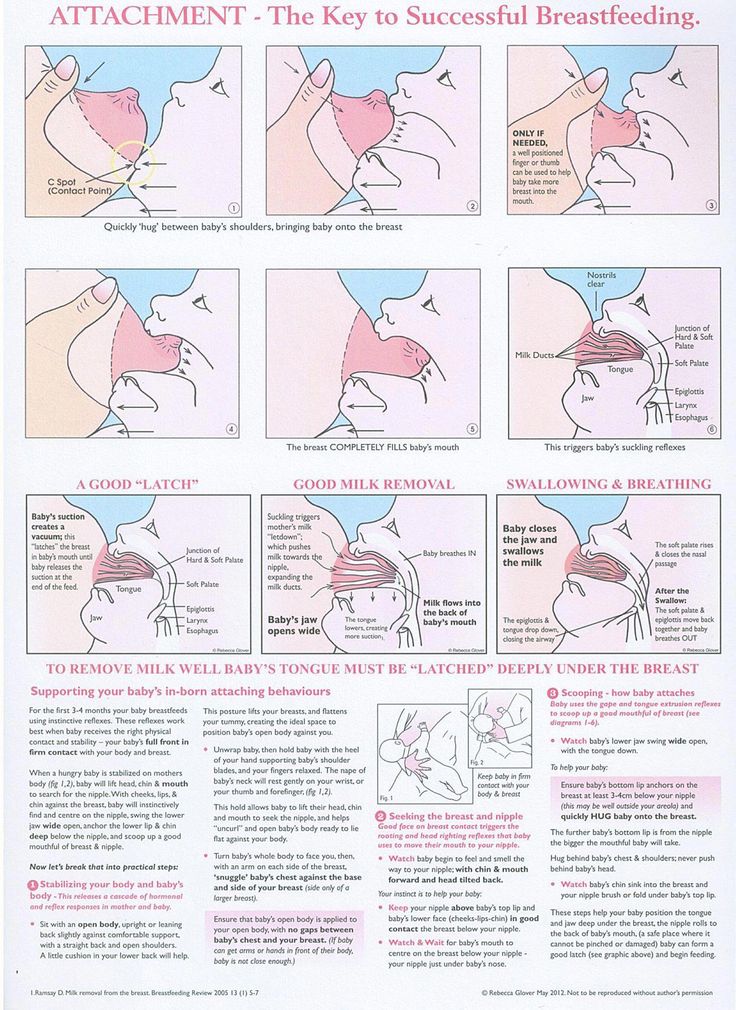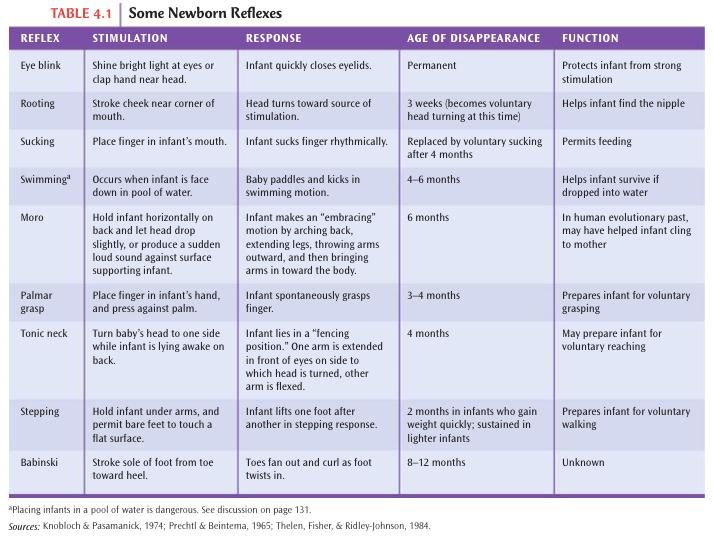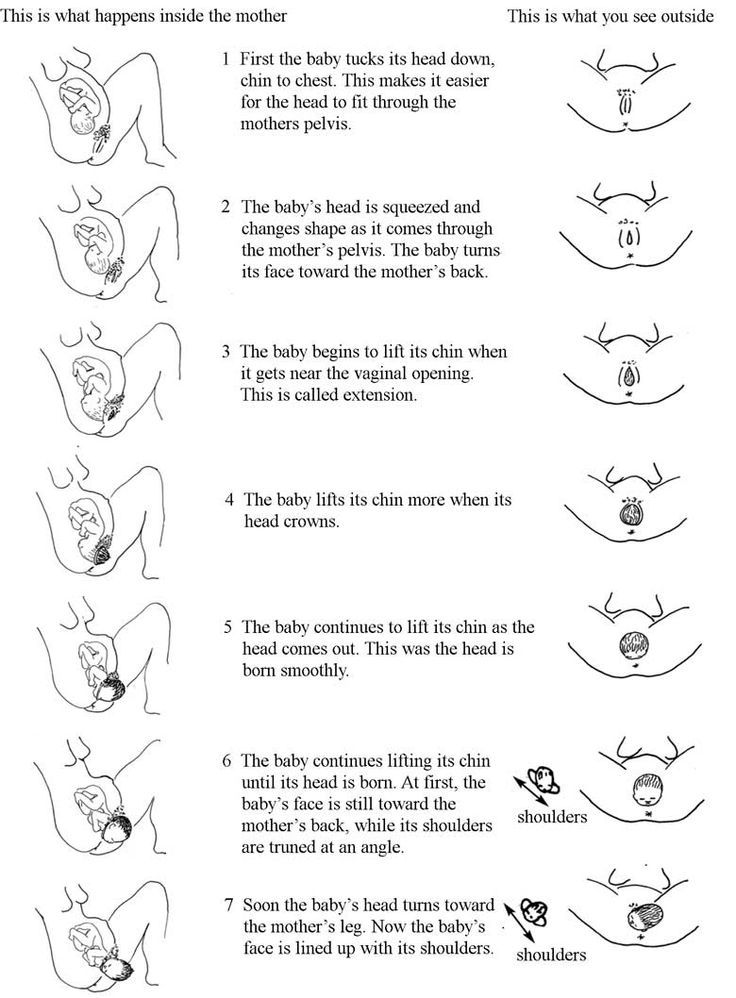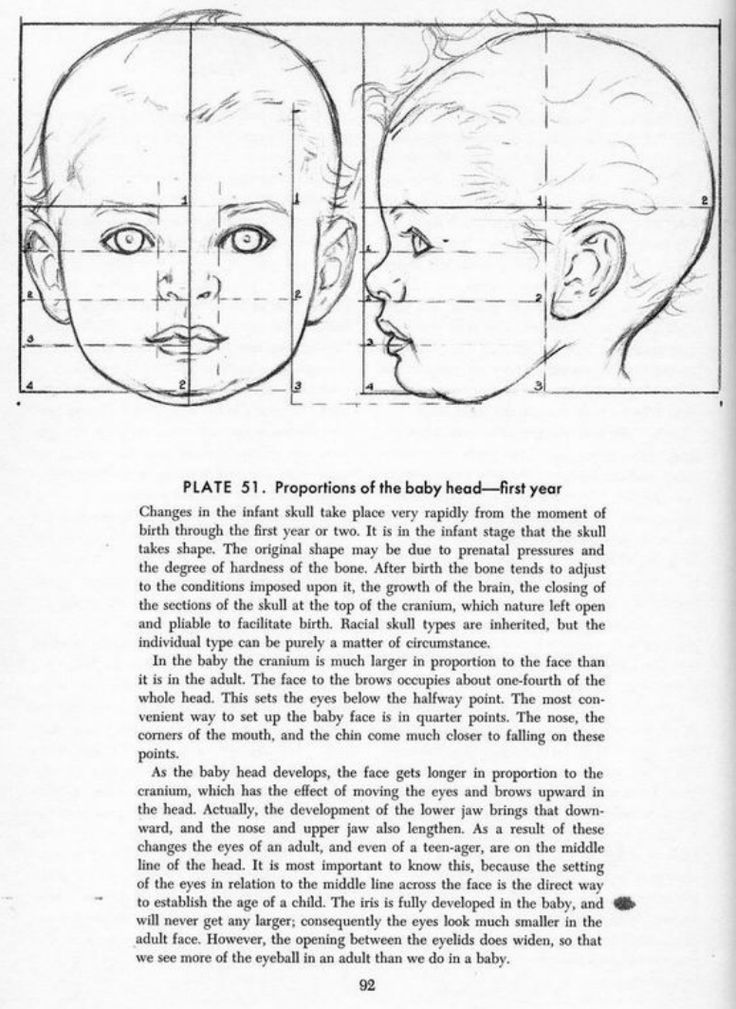When will baby be head down
When Does A Baby Turn Its Head Down?
Home » Pregnancy Concerns » When will my baby turn head down?
As you progress through pregnancy the baby’s position becomes a more important consideration. At about 30 weeks about 25% of babies are not in a “cephalic” (head down) position. It is normal for the baby to turn head down even by about 34 weeks. So don’t worry!
It is a concern if the baby is not head down at 36 weeks and beyond. This does not mean that spontaneous turning will not happen. Indeed occasionally a baby can turn even as late as the onset of labour.
Why are most babies head down?
A singleton baby’s position is related to the size of your baby and the size and shape of your uterus.
In early pregnancy, there is plenty of room for your baby in the uterus and so there is no reason why your baby should be head down. As the pregnancy becomes more advanced there is less room for your baby to move in your uterus and so your baby wants to adopt a more comfortable position. As the buttock area is greater, a more comfortable position is for the buttock area to be at the top (“fundus”) of the uterus and the head to be towards the pelvis.
If your uterus has been overstretched because of previous pregnancies, if you have excessive amniotic fluid (“liquor”) in your uterus or your baby is unusually small then your baby may be quite mobile in advanced pregnancy. We refer to this an “unstable lie”.
If you have an abnormality of the uterus such as a fibroid protruding into your uterine cavity or you have a uterine shape abnormality, or you have an unusual shape to your pelvis then your baby can be prevented for adopting a head down position. If you have twins often one is not head down and sometimes both.
What can be done about it?
There is no need for concern until more advanced pregnancy. The reasons need to be considered as to why your baby is not in a head down position. I will monitor you each visit with an ultrasound scan so we can monitor your baby’s position.
If your baby has been breech and turns to head down spontaneously, then this is a very encouraging sign. It usually then stays head down. If your baby remains breech toward the end of the pregnancy, then there is usually a good reason. A procedure (“external cephalic version“) to try to turn your baby around to head down can be done, but only after a careful ultrasound scan and giving you a medication to relax the uterus. External cephalic version will be done very carefully and with close monitoring on the labour ward/birth unit of your baby and you with the procedure. This is because studies have shown the external cephalic version procedure has risk to your baby’s wellbeing because it can cause an umbilical cord accident, placental separation and preterm labour. Also, it is generally considered that the babies who turn easily with external cephalic version procedures would have turned anyway and the so the procedure was not necessary.
If the lie is unstable and you go into labour or your waters go then you must attend the labour ward/birth unit immediately so your baby’s position and presentation can be checked and umbilical cord presentation/prolapse can be excluded. Sometimes with an unstable lie, a careful stabilising induction is a safer option than waiting for spontaneous labour onset.
Sometimes with an unstable lie, a careful stabilising induction is a safer option than waiting for spontaneous labour onset.
Also see my video titled ‘When will my baby turn head down?‘
- Monday all day 9.00am to 4.30pm
- Tuesday all day 9.00am to 4.30pm
- Wednesday all day 9.00am to 4.30pm
- Thursday morning 9.00am to 12.30pm
- Thursday alternate afternoons 2.00pm to 4.30pm
- Friday alternate mornings 9.00am to 1.00pm
- Friday afternoon 2.00pm to 4.30pm
- Saturday mornings 9.30am to 12.00 midday*
*Saturday morning appointments are not available for initial antenatal visit.
When Does a Baby Go Head Down During Pregnancy?
- Your baby is likely to turn head down after the 20th week of pregnancy.
- A sign that your baby went head down is pelvic discomfort — your doctor can confirm via ultrasound.
- If the baby doesn't move into a head-down position, it increases the risk of a breech birth.
-4037065025.jpg)
For the majority of your pregnancy, the baby in your womb has been dependent on you for everything. But as you near your due date, you need something in return. You need your baby to move into a head-down position.
The medical term for this is vertex presentation. And it's important because it means that during natural birth, the baby will travel through the birth canal head-first, increasing your chance of a smooth and safe delivery.
A fetus will go into head-down position between 20 and 39 weeksLuckily, babies go into a head-down position on their own in roughly 97% of pregnancies. However, exactly when they are likely to go into that position depends on how far along you are in your pregnancy.
It's different for everyone, but usually, the baby will go into the head-down position after the 20-week mark.
"As the pregnancy progresses, the likelihood that the baby will be head-down, or vertex presentation, will increase," says Gerardo Bustillo, MD, OB-/GYN at MemorialCare Orange Coast Medical Center. "Before 28 weeks, it's about a 75% chance, and at 32 weeks, which is eight weeks before the due date, it's about a 90% chance."
"Before 28 weeks, it's about a 75% chance, and at 32 weeks, which is eight weeks before the due date, it's about a 90% chance."
Full term is when you reach the 97% chance.
How to tell if your baby has gone head downSome pregnant people can feel when the baby's gone head down. When the baby's head is up, you're more likely to experience discomfort under the ribs and to feel kicking in the lower belly.
When the baby is head down, you'll probably be feeling kicking higher up in the belly, and discomfort or pressure in the pelvis rather than the upper belly. And if you can't tell for sure, your doctor will be able to.
"Oftentimes we can tell just by examining the abdomen from the outside. Also, [a doctor] can feel a head usually during a pelvic examination because it definitely feels a lot harder than a butt or feet, but ultrasound is the gold standard for confirming the presentation," says Bustillo.
What happens when a baby doesn't go head down in timeIf your baby doesn't move into a head-down position, that increases your risk of what's called a breech birth, which is when the baby usually emerges feet or butt-first.
"A baby that's delivered either butt or feet first has a much higher risk of increased morbidity as well as mortality. The risk of asphyxia [oxygen deprivation] during labor and delivery is much higher," says Bustillo.
Not to mention, it can be a lot harder to deliver the baby in a breech position, which can result in physical trauma to both the baby and mother.
If you're getting close to your due date and the baby is breech, there are a few things you can do.
- Expectant management: This is a wait-and-see approach. There is a chance the baby can change positioning without any extra help. "About 25% of breech babies will spontaneously convert into a head-down position," says Bustillo.
- Breech exercises: You can try to do some simple movements and exercises to get the baby to change position. Every doctor may recommend a different type of exercise, but as for Bustillo, "I tell my patients to get on all fours like a cat and to kind of raise their buttocks higher than the rest of their body and just to stay in that position for five to ten minutes a couple of times a day.
 It's kind of an old midwifery technique."
It's kind of an old midwifery technique." - External Cephalic Version: This is an attempt for the doctor to physically turn the baby from the outside of your belly. However, it doesn't always work, and there can be potential trauma to the baby and the placenta.
- C-section: Bustillo says many people with breech presentation will have a C-section to reduce traumatic risks associated with vaginal birth.
You can expect your baby to go head down after 20 weeks of pregnancy. You can sometimes tell that your baby has entered the head-down position if you start to feel more pressure in your pelvis, and you experience more kicking in the upper belly. Your doctor will be able to confirm your baby's position using an ultrasound.
When a baby doesn't go head down in time, it increases the risk of a breech birth, which can cause issues during delivery. There are some methods, such as breech exercises, that can help your baby change positions prior to the due date. It's possible that your baby will spontaneously change positions, but if not, your doctor will likely recommend having a C-section.
It's possible that your baby will spontaneously change positions, but if not, your doctor will likely recommend having a C-section.
Regardless if your baby is head down or not, or if you're giving birth vaginally or by C-section, your team of doctors and nurses will do their very best to ensure a safe delivery for both you and your baby.
Ashley Laderer
Ashley Laderer is a freelance writer from New York who specializes in health and wellness. Follow her on Twitter @ashladerer
Read moreRead less
At what week should the baby turn head down?
At what week should the baby turn head down?
Closer to the expected date of delivery, the baby turns his head towards the pelvis. This usually occurs towards the end of the third trimester of pregnancy and is called cephalic presentation.
This usually occurs towards the end of the third trimester of pregnancy and is called cephalic presentation.
This position is a sign that the baby is almost ready to be born.
When does the baby turn head down?
Between 27 and 40 weeks, the doctor performs an examination to determine the position of the fetus in the uterus. It is then that his previa will be revealed. From the presentation - that is, the position of the child depends on how the birth will proceed.
Much fewer surprises await a woman if the child occupies the classic position in the uterus - upside down. The head position of the fetus is the most favorable for childbirth, since in this case the risk of complications for the baby is minimal. However, do not be afraid if the position in the uterus of your baby is different: pelvic or transverse. Such a doctor's verdict is also not critical, it's just that your birth will be different. And they will pass under the close attention of doctors.
Fetal position
Head position of the fetus (fetus head down): detected at 7 months of pregnancy when the doctor palpates the abdomen of the expectant mother. This will also be confirmed by the results of examination through the vagina and ultrasound.
Breech presentation of the fetus (the child either “sits” on the ass, raising the legs up, or “squats”, lowering them down, or pulls the legs under him) is recognized from the 32nd week of pregnancy: in the upper part of the uterus, the doctor gropes the firm head of the child, and at the bottom - the soft ass.
Transverse presentation of the fetus (the fetus lies across) is determined from the 20th week of pregnancy. Having probed the belly of the expectant mother, the doctor will “discover” the head and buttocks of the child on the sides.
There is no particular week or day that women can expect their child to be in the required position. In some cases, the baby turns over already at the onset of labor or a few hours before the onset. For other women, this happens a few days or weeks before the onset of labor.
In some cases, the baby turns over already at the onset of labor or a few hours before the onset. For other women, this happens a few days or weeks before the onset of labor.
Turning into cephalic presentation closer to the day of delivery usually occurs in women who already have children. This is because their body is already familiar with labor, so it may take less time for the pelvis to adjust to the process.
Women who are pregnant for the first time may find that the baby rolls over a few days or weeks before delivery. This may be because their pelvic muscles take longer to adjust for childbirth.
If a woman thinks her baby is upside down, she should talk to her doctor. The doctor can check the position of the baby, which will help him predict when labor will begin.
What does it look like?
Some women may feel the roll of the baby as a sudden, palpable movement. Others may not feel anything at all and miss this moment.
Some women may notice that their stomach seems to feel lighter after the baby rolls over. Perhaps this is due to the fact that the child has moved into the pelvic area, leaving more free space in the abdomen. This feeling of free space in the stomach is the reason why turning over is also called relief. However, for some, this relief can be frightening. Sometimes, as the baby moves down, women feel like they have a bowling ball between their legs. Every woman has her own unique experience of turning a baby. 9pregnancy When the baby rolls over, the belly may look like it has dropped a little.
Pressing pain in the pelvis . As the baby moves into the pelvis, the pressure in that area may increase. This can cause a woman to feel like she is rocking from side to side while walking.
Pelvic pain outbreaks . When a baby rolls over, some women may experience flare-ups of pelvic pain. This may be due to the fact that the baby's head is pressed against the ligaments in the pelvis.
Easier breathing. When the baby rolls over and lowers into the pelvis, there is less pressure on the diaphragm. This can make breathing easier.
Hemorrhoids. After the baby is in the prenatal position, the head may put pressure on the nerves in the pelvis and rectum. This pressure can cause hemorrhoids.
More selections. Moving the baby towards the pelvis increases pressure on the cervix. This causes her to secrete mucus that sits at the top of her cervix for the rest of her pregnancy. This is to ensure that bacteria do not enter the uterus. After the baby rolls over, mucus may come out of the vagina as a jelly-like discharge.
Frequent need to urinate. As the baby moves down into the pelvis, the head may put pressure on the bladder. This can cause a woman to urinate frequently.
Back pain. The baby's cephalic presentation can put extra pressure on the muscles in the lower back. This can cause back pain.
This can cause back pain.
Feeling of hunger. Proper prenatal positioning of the baby can relieve pressure on the stomach. It can relieve heartburn and increase hunger.
The role of intrauterine position in childbirth
If a woman thinks her baby has turned upside down, she should see a doctor. The doctor can determine what position the child is in using a special scale. Some doctors use a three-point scale, while others use a five-point scale.
The five-point scale is more traditional and more widely used. A 2015 scientific article describes it as a system that divides the pelvis above and below the ischial spines into five segments. The ischial spines are located on the pelvis. When the baby is ready to be born, his head is level with them.
The five-point scale is measured from -5 to +5. Each step forward on the scale means the baby is one centimeter closer to birth.![]() Before the baby rolls over, the woman can be at point -5. As the baby rolls over (and moves deeper into the pelvis), the woman may be at zero point. When the baby descends into the vagina, the woman may be at +5.
Before the baby rolls over, the woman can be at point -5. As the baby rolls over (and moves deeper into the pelvis), the woman may be at zero point. When the baby descends into the vagina, the woman may be at +5.
According to a 2014 study, 95 percent of women are at or below the zero point during full dilation. To assess what stage a woman is in, the doctor examines the woman's vagina and tries to feel for the baby's head.
How can I help my baby get into the correct position before birth?
If the due date is close and the baby has not yet rolled over, the woman can try certain actions to get the baby into position. These include:
- Hiking
- Childbirth ball seat
- Squats
- Pelvic tilt
These activities help to open the hips and stretch the pelvic muscles. This may encourage the baby to move into the pelvis.
When should I see a doctor?
It is normal to feel pain in the pelvic area after the baby is in the prenatal position. However, some types of pelvic pain may need to be evaluated. Talk to your doctor if pelvic pain is constant or regular. Or if it's accompanied by:
However, some types of pelvic pain may need to be evaluated. Talk to your doctor if pelvic pain is constant or regular. Or if it's accompanied by:
- Bleeding
- Fluid Loss
- Fever
Turning the baby usually occurs towards the end of pregnancy. This can happen both immediately at the onset of labor, and a few hours, and sometimes weeks before that. In women who are pregnant with their first child, this process is likely to occur a few weeks before delivery.
This maneuver may feel like a sudden, jerky movement, however, some women do not even notice when it occurs. The head presentation of the baby can make breathing easier and increase appetite. This happens because there is space in the abdomen and pressure on the organs is reduced.
When the baby rolls over and goes down, the pressure on the pelvis can cause some pain. But if the pain is continuous or regular, it's a good idea to talk to your doctor.
Breech presentation - how to turn the baby
Vatagina Maria Alexandrovna
Obstetrician-gynecologist
Lapino-1 Clinical Hospital "Mother and Child"
Do not worry and worry if a child under 36 weeks is "ass forward": this is completely normal and the crumbs still have time to roll over. By the way, it happens that the baby turns upside down and immediately before the birth, and even in the birth itself
Try to get the baby to turn into the desired position. Tell everything in detail: why he should turn around, what it will give both mother and child in childbirth. You can talk out loud, or you can talk to yourself, the main thing is to talk to the baby about it all the time ".
Talk to him
There is always a connection between a child and a mother. And mother is the first person whom the baby believes and obeys. Therefore, try to persuade the baby to turn into the desired position. Tell everything in detail: why he should turn around, what it will give both mother and child in childbirth. You can talk out loud, or you can talk to yourself, the main thing is to talk to your baby about it all the time. Be gentle and at the same time persistent. Be sure to connect the future dad to the conversation, children obey men even more. When you persuade the baby, additionally stroke the stomach, as if instructing the child how to turn around. Great option: dad talks and strokes his stomach with you.
You can talk out loud, or you can talk to yourself, the main thing is to talk to your baby about it all the time. Be gentle and at the same time persistent. Be sure to connect the future dad to the conversation, children obey men even more. When you persuade the baby, additionally stroke the stomach, as if instructing the child how to turn around. Great option: dad talks and strokes his stomach with you.
Imagine
Visualization is a way in which a person imagines the picture he needs. So the expectant mother just needs to imagine the baby in the right position. If you don't know what it looks like or you just can't imagine a baby in your belly - find a beautiful photo from a magazine, book, Internet. Some kind of anatomical accuracy is not important here, just a pleasant and understandable picture is enough: the baby lies upside down inside the mother's belly. Look at the illustration more often and imagine that inside you the baby is also in the correct position. But you must not only look at someone else's photo, but imagine yourself and your child.
But you must not only look at someone else's photo, but imagine yourself and your child.
Lure him
Another way is to lure the baby. Children, especially small ones, are very curious, so make the baby turn around by showing him something interesting. But the baby is still in the stomach, how can he see something? We do not know exactly how the baby reacts to the world outside the mother's stomach, but it is believed that he, for example, can hear sounds. Place headphones with pleasant music in the lower abdomen, this can also encourage the child to turn towards the sound. Music should be calm, melodic and not loud so that the baby is not scared.
You can also turn on the flashlight and put it against the mother's stomach in the place where the baby's head is, and then, while talking, slowly move the flashlight to the side and down, dragging the baby along with you.
Swim and relax
Swimming also helps your baby get into head presentation. In the water, the mother’s body relaxes, which means that the muscles of the uterus also relax, its volume increases somewhat, and as a result, the child has a little more space “for maneuvers”. But swimming should be pleasant for mom, if a woman is afraid of water or she is not warm enough, then there will be no relaxation. Therefore, you must want to swim, plus the water must be at a comfortable temperature.
In the water, the mother’s body relaxes, which means that the muscles of the uterus also relax, its volume increases somewhat, and as a result, the child has a little more space “for maneuvers”. But swimming should be pleasant for mom, if a woman is afraid of water or she is not warm enough, then there will be no relaxation. Therefore, you must want to swim, plus the water must be at a comfortable temperature.
Do the exercises
There are very simple exercises , that will help the baby to fit correctly. But first, check with your doctor if you can do such exercises. Gymnastics to turn the baby into head presentation is not carried out if there is gestosis, the threat of termination of pregnancy, a scar on the uterus after a previous cesarean section, placenta previa.
Turns. Lying on the couch, turn from side to side 3-4 times in 10 minutes. Perform 3 times a day. The turn usually occurs within the first week.
Force of attraction. Lie on your back with a large pillow under your lower back and a small one under your head. Bend your knees, placing your feet on the floor. Lie like this for 10 minutes.
Lie on your back with a large pillow under your lower back and a small one under your head. Bend your knees, placing your feet on the floor. Lie like this for 10 minutes.
Knee-elbow position. Stand on your knees and elbows, at this time the pelvis is located above the head. Stay in this position for 15 minutes several times a day.
Consult a specialist
If exercises and psychological methods do not work, there is another way – prophylactic external rotation performed by an experienced obstetrician-gynecologist in the maternity hospital. First, the mother is injected with drugs that relax the uterus, then the doctor tries to turn the child with certain hand movements, acting on his head and pelvis through the belly of the expectant mother. All this takes place under the control of ultrasound, and usually a woman does not experience any discomfort during this manipulation.
True, external rotation is now rarely performed: firstly, not all obstetricians and gynecologists can do it, and not all doctors believe that it is needed; secondly, not every woman is psychologically tuned in to him, and, besides, there are not always indications for him.












